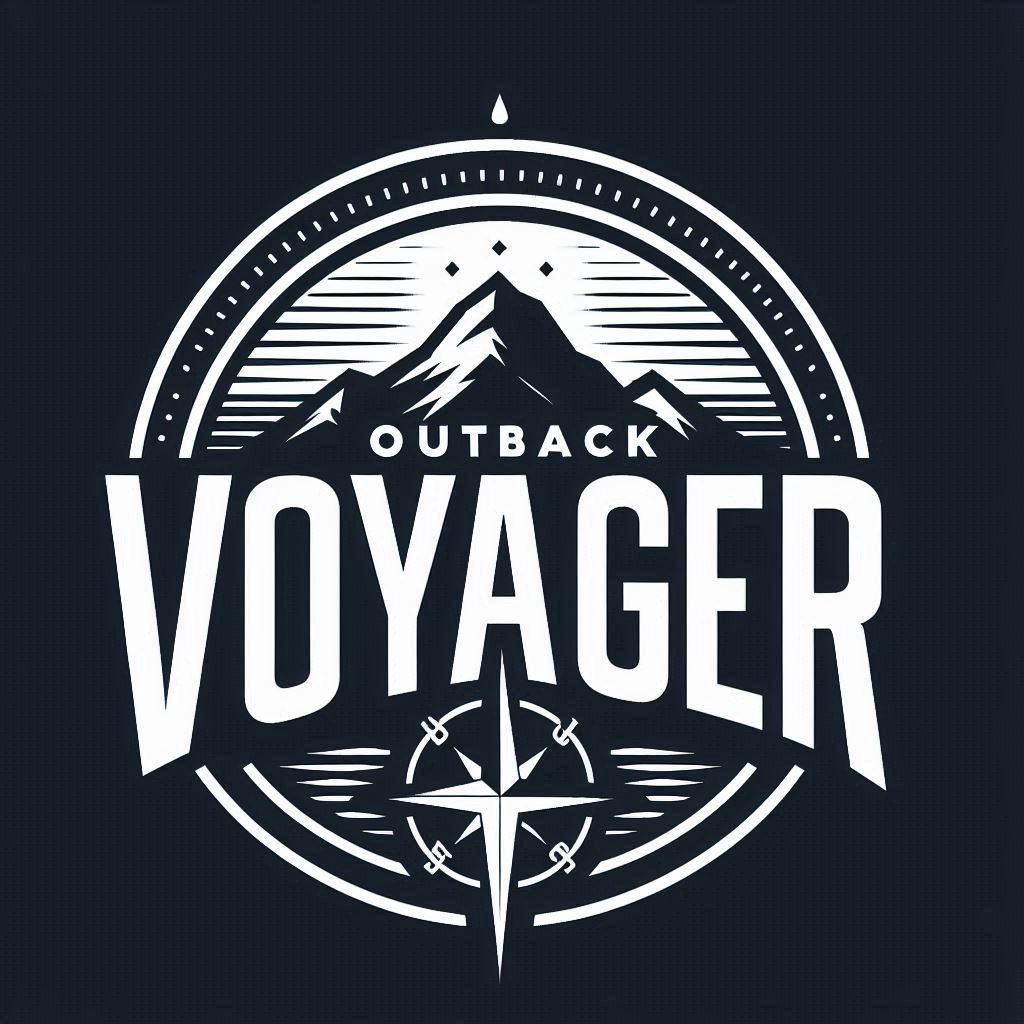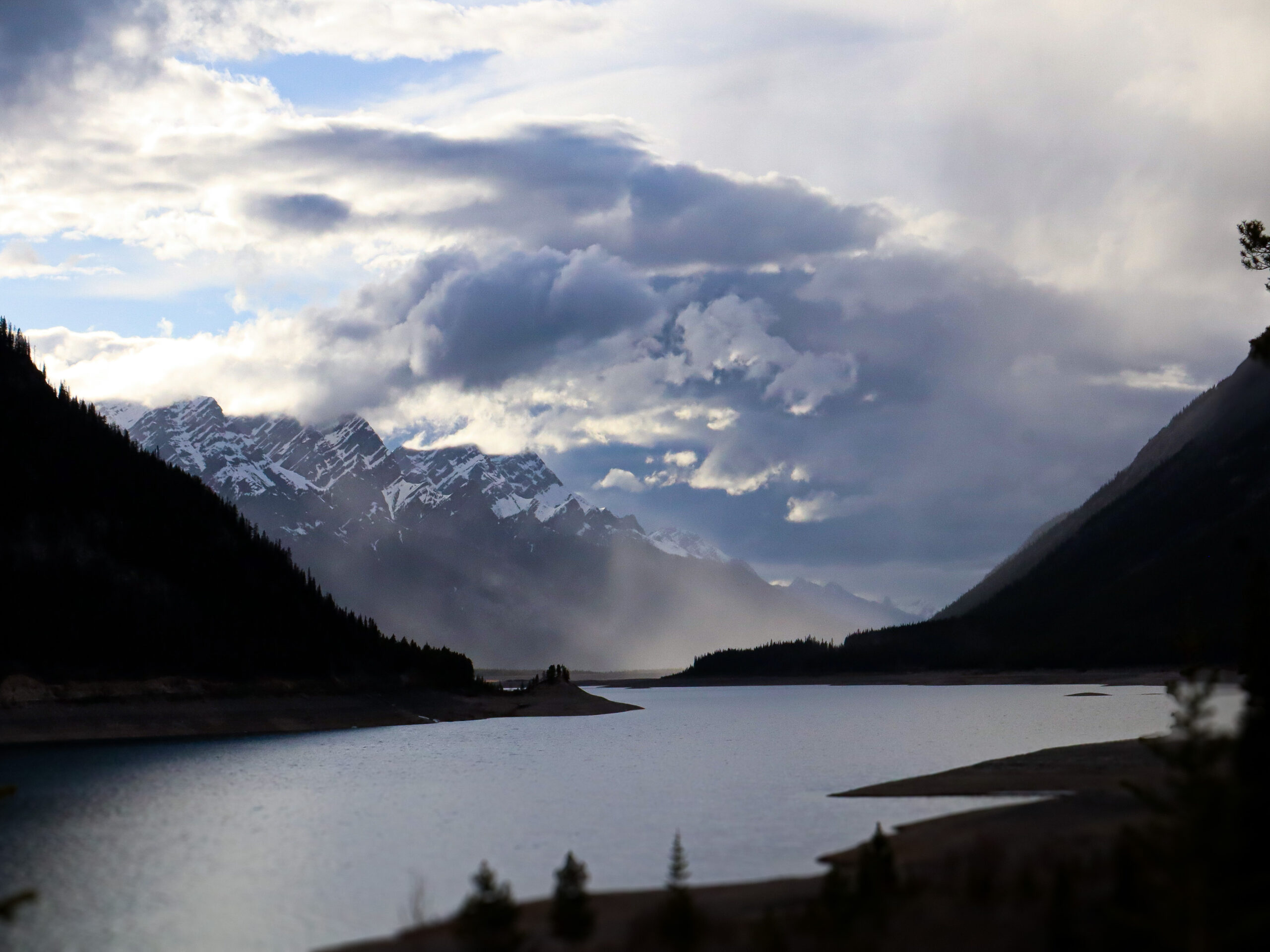I’m going to level with you here: preparing for a multi-day hike in the Canadian Rockies isn’t like packing for a weekend at the cottage. It’s about bracing yourself for an adventure where nature calls the shots and every decision counts. That’s why the time you spend on pre-hike preparations can be just as crucial as the hike itself.
Let’s start with understanding the unique challenges this majestic mountain range presents. You’re going into a world where weather can swing from sunny spells to snow flurries in a heartbeat. Knowing this, brush up on the basics of wilderness survival skills and make sure your gear list includes cold-weather essentials. Plan for layers, because the temperature can plunge as you ascend. There is something called the three layer system. This three layer system provides you with the proper clothing to be comfortable and protected from the elements.
The first layer is called the Base layer. This layer is meant to wick sweat away, keep you dry, cool, and warm.
The second layer is called the mid-layer. This is your insulation layer, so clothing like your fleece,puffy jackets, or thicker long sleeved shirts
The last layer is called the outer layer. This protects you from the elements.
In my opinion, pinpointing the best time of year to embark on your hike has a huge impact on your experience. The summer months offer longer daylight and generally milder conditions, but they also bring more fellow hikers. If you want to enjoy the splendour of the Rockies with fewer people, shoulder seasons might be your sweet spot, just be ready for brisker weather.
Crafting a checklist is next on the agenda. Essentials for a multi-day trek extend far beyond a standard first aid kit. Think about shelter, like a sturdy tent, a sleeping bag rated for sub-zero temperatures, and a sleeping pad that insulates you from the cold ground. Don’t forget the ‘kitchen’: a portable stove, fuel, a pot, preserved food, and a spoon can mean a world of difference after a day of trekking.
Lastly, gauge your physical readiness. Are your boots well broken-in? Is your backpack fitted correctly to avoid strain? Have you been conditioning your body for the continuous climbs and descents? Pre-hike physical preparation might sound tedious, but it’s essential for enjoying the trails without undue pain or injury.
Keeping a Weather-Wise Eye: The Role of Weather Apps in Hike Planning
If you’re gearing up for a multi-day trek through the Canadian Rockies, keeping a sharp eye on the weather is critical. This isn’t just about avoiding a downpour; in the mountains, the weather can be a fickle friend and your awareness could mean the difference between an extraordinary adventure and a precarious situation. You’re going to find out about leveraging weather apps, and this is how.
First off, weather apps help you fine-tune your packing list. Think about it—you’ll need different gear for sunny 70-degree days compared to chilly, overcast conditions. By checking forecasts, you can tailor what you carry to the expected weather. This means you won’t be burdened with unnecessary items, and more importantly, you won’t be caught off-guard by a sudden cold snap.
Remember, weather patterns in the mountains can be tricky to predict. That means you’ll need to know how to interpret those swirling masses on the radar. I’ll give you a tip: pay attention not just to the precipitation, but also to wind speed and direction. Blustery conditions up high can make or break your comfort on the trail.
Now, while it’s crucial to be prepared, you also have to be flexible. If your weather app shows a major storm rolling in, be ready to adjust your plans. That might mean altering your route or setting up a robust camp earlier than expected. Safety should always trump your itinerary.
And speaking of safety, there’s the transition to the wildlife of the Rockies. You’re going to stroll into the territory of bears, moose, and other wild creatures. Knowing how to handle a wildlife encounter is as essential as having rain gear. So let’s prepare for the next stretch of our journey—navigating the trails with our furry neighbours. This is where bear spray and bells come into play.
Safe Encounters: Wildlife Preparedness in the Rockies
Venturing into the Canadian Rockies is about embracing the wild, and with that comes responsible wildlife interaction. This isn’t just about the thrill of possibly seeing a bear; it’s also about ensuring the safety of both you and the animals. I’m here to help you with the must-knows for a trek through these territories.

 Foremost, let’s talk about the locals that you might bump into: from the majestic grizzly to the stealthy cougar and the mischievous raccoon. Each animal demands its own set of preparation and respect. Don’t worry too much about these encounters; they are generally rare, but being prepared is non-negotiable.
Foremost, let’s talk about the locals that you might bump into: from the majestic grizzly to the stealthy cougar and the mischievous raccoon. Each animal demands its own set of preparation and respect. Don’t worry too much about these encounters; they are generally rare, but being prepared is non-negotiable.
Now, bear spray should be as essential to your kit as your boots. It’s your first line of defence. The label will tell you the maximum distance that the spray disperses and tell you step by step how to use the bear spray when you encounter a bear. Most importantly, making sure it’s accessible, not buried in your pack. Bear bells, on the other hand, can be a polarising topic. Some swear by them as a way to alert wildlife to your presence; others question their effectiveness. Choose something that resonates with you, but remember, making noise is usually a good policy.
Adopting a ‘leave no trace’ mindset isn’t just for aesthetics; it’s crucial for keeping wildlife wild and not accustomed to human food or presence and keeping the wilderness like it was before we got there. Store your food properly, keep your distance, and know what to do if you do have an encounter. These actions are part of a bigger picture of conservation and respect for these environments.
After you’ve equipped yourself with knowledge and deterrents for wildlife, we’ll shift focus to another essential – your gear. In the next section, we’re looking at how to pack light yet comprehensive, ensuring you’re laden with all the right tools without feeling like you’re carrying the Rockies on your back.
Packing Philosophy: Balancing Lightness with Essentials
So you’re about to venture into the heart of the Canadian Rockies for several days. I’m here to help you with that critical question: what to pack? Now this isn’t just about picking gear; it’s also about ensuring your back isn’t aching from unnecessary weight. It’s a delicate balance.
First, you’re going to find out about the see-saw battle between weight and necessity. Your backpack should have the absolute must-haves – a tent, a sleeping bag rated for the local climate, a portable stove, preserved food, and a reliable water filter, like a life straw. These essentials ensure you have shelter, sleep, food, and hydration covered.
In my opinion, it’s also crucial to include a tailored first-aid kit and a multi-tool, because guess what? They are essential for both minor injuries and unexpected repairs. And don’t forget a detailed map and compass – tech is great, but batteries die, and signal can be elusive. So I would recommend getting yourself a power bank and a beacon.
Now for some advice on packing: every ounce matters. Think about multi-use items. Choose compact and lightweight gear. You can always adjust your approach down the run if you find something isn’t working for you on subsequent trips.
Remember, your first attempt at packing doesn’t have to be perfect. Just don’t focus too much on perfection – you’ll learn as you go. A test pack before your trip can be a game-changer. And if in doubt, there are plenty of seasoned hikers’ forums and resources online to get advice from. For more information on how to pack your backpack go to my post that explains on how to pack your hiking bag.
As we transition to the next section, keep in mind that knowing your itinerary is as crucial as what’s in your backpack. After all, what’s packed must relate directly to where you’re headed and what you’ll be doing. Let’s get ready to chart our course through these majestic mountains.
Tailoring Your Trail: Route Wisdom for the Rocky Mountain Hiker
Choosing the right path isn’t just a metaphor for life; it’s a concrete choice you’ll make when you prepare for a multi-day hike in the Canadian Rockies. You’ve got your gear squared away, your wildlife awareness is on point, and the weather is in your corner. So, let’s get you on the trail with confidence.
Now, knowing your route is more than just picking a path on a map. It’s about immersing yourself in the trail before your boots even hit the ground. Sift through forums, read park bulletins, look at trail apps like alltrails, look at the reviews and above all, talk to hikers who’ve been there. Their insights? Golden.
Here’s what’s going to stick with you: Knowledge is your guide, and preparation is your companion. The Rockies are complex, with trails that range from walk-in-the-park to ‘whoa, what was I thinking?’ So, align your route with your experience and fitness level. Don’t bite off more mountain than you can chew.
Always have your map, compass, or GPS on hand, but don’t just carry them—know how to use them. It’s classic advice because it’s life-saving advice. Verify your daily distances, make note of water sources, and have your potential campsites marked. Pace yourself, and remember, it’s not a race; it’s an exploration.
When you step out into the vastness of the Canadian wilderness, armed with foresight and a solid plan, you’re setting yourself up for an unforgettable experience. The Rockies don’t just offer a journey; they offer stories you’ll tell for a lifetime. Safe travels, fellow explorer, and cherish each step on your Rocky Mountain adventure.

